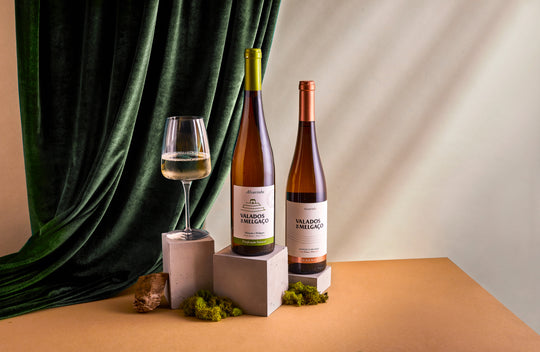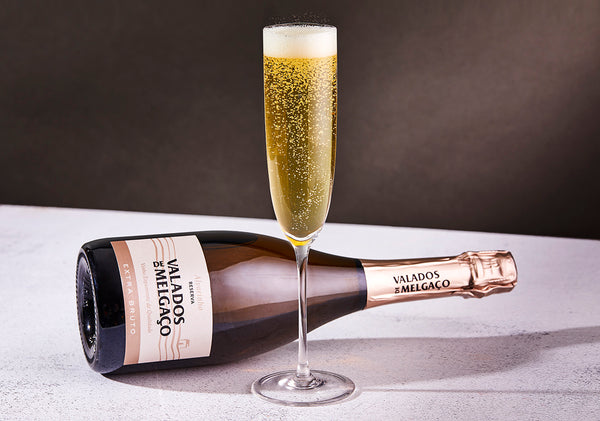Mexican Spirits | uno cero uno

Tasting through Mexico’s Spirits.
When it comes to Mexican spirits, everyone’s heard of tequila, and people are increasingly aware of mezcal. Less well-known is a third Mexican spirit, sotol, though any good mixologist will have a bottle on hand for certain cocktails. And for Smart Alecs like me who might ask for it.
What’s the difference between these three Mexican spirits, though? Is there any difference? Well, that’s like asking if there’s any difference between cognac, an Islay whisky, and a Kentucky bourbon.
To begin with, the three main Mexican spirits are distilled from different plants. Sotol is made from the desert spoon plant, tequila from the blue agave, and mezcal is any agave-based spirit. For that reason, tequila is actually a variety of mezcal. You could say it’s mezcal with a good publicity person.
Tequila gets its name from the town of Tequila in the province of Jalisco, which is in the heartland of blue agave country. Originally it was just another mezcal, which happened to be made from the blue agave plant. It had a different taste to other mezcals, it was smoother and less smoky. People began asking for that mezcal from Tequila, to identify what they wanted, and that morphed into it being called simply tequila.

Tequila is now a designation of origin product, and its production is governed by strict rules, as it is for champagne. It can only be made in Jalisco and a few other smaller places, and it must be at least 51% blue agave. The very best tequilas are 100% blue agave. If it doesn’t say that on the label, be wary. The other 49% can be any other type of sugar, including corn syrup, and that’s not good news. It’s best to take no chances and only buy 100% blue agave tequila.
A tequila that is not 100% blue agave is known as a mixto. That’s not to be confused with a mezcal. A mezcal is a spirit that is made from any type of agave. As explained, tequila is made from blue agave so is a mezcal, but it has its own rules. Spirit made from any agave other than the blue agave is called mezcal.
Most mezcal comes from Oaxaca, but can also come from a few other states. Not all agaves are suitable for distilling. In Oaxaca, for example, only eleven types of agave have been approved for mezcal-making, if you want to call your product Oaxacan mezcal.
Different agaves produce different tastes, although they predominantly produce a smoky aroma and taste. Drink or smell a mezcal blindfolded, and you’d think it was a typically peaty whisky from Islay in Scotland. Some of it really is that good. I recently offered a tequila-loving friend a shot of a mezcal called GEM&BOLT. He raved about it. When he came round for dinner again a few weeks later, I offered him a tequila. ‘Don’t suppose you’ve still got any of that mezcal, do you?’
My friend said he’s been looking for mezcal in the grocery stores but hadn’t been able to find any. You’ll need to go to a specialist liquor store like maybe BevMo or Total Wine to find mezcal, though it is on a roll at the moment with new brands appearing all the time.

Even less well-known than mezcal is sotol. This is made from a plant called the desert spoon. It looks like it could be a cactus or an agave but is actually a member of the asparagus family. Asparagus? Right, what the heck are you going to get if you distil from that? Something that makes your pee smell funny?
What you get is a distinctive and smooth spirit that smells and tastes like the desert the desert spoon grows in. It reminds me of fields of straw when I was a kid, or fields of burnt stubble. You can drink it neat or use it in cocktails. In fact the first time I tried it was in a cocktail at the amazing LON’s Last Drop Bar in Paradise Valley in Phoenix, where the bartender described it as ‘the desert in a glass.’
Mezcal is on the rise, and tequila has never gone away, but it’s unlikely you’ll see sotol sweeping the booze world. The desert spoon grows mainly in northern Mexico and the south-west USA, from Arizona to Texas. Mind you, a distillery called Desert Door is making sotol in Texas, currently the only domestic sotol in the USA, so you never know.












